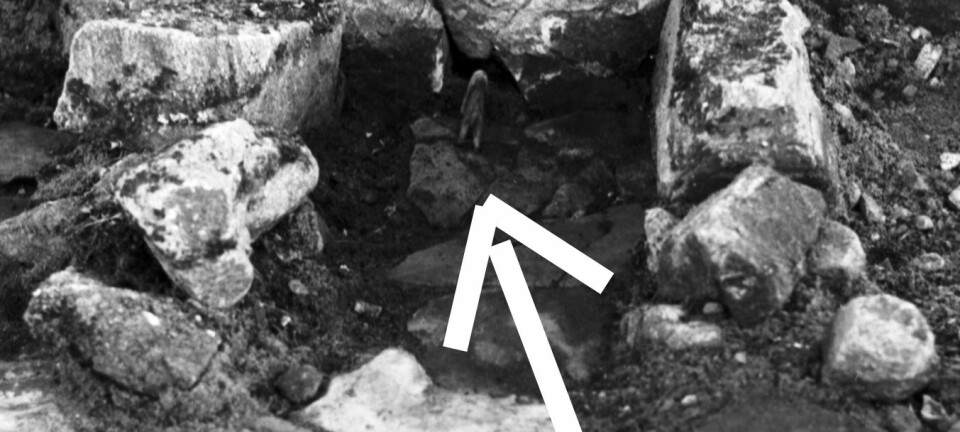This article was produced and financed by University of Bergen

Answers to predict the next ice age
Precipitations lead to the growth of ice caps at the beginning of the last ice age. Researchers have now found how this precipitation was formed. The results may help predict the next ice age.
Denne artikkelen er over ti år gammel og kan inneholde utdatert informasjon.
The last ice age lasted from 70,000 to 10,000 years ago. For this, and other ice age periods to take place, the ice caps had to increase in volume.
Precipitation was necessary for this to happen. Until now where and how the moisture formed in such a cold and dry climate, has been an open question.
Now a research team in Bergen, Norway has found the answer. Their findings were recently published in the journal Nature Geoscience.
“We have discovered that between 80,000 and 70,000 years ago, the period that precedes the last glaciation, the warm waters of the Gulf Stream accumulated in the Gulf of Biscay,” says Professor Francesco d´Errico at the Department of Archaeology, History, Cultural Studies and Religion.

“The resulting strong thermal contrast between the warm Gulf of Biscay and the cold European continent produced large amount of humidity and its transport towards the North the snowfall that formed the ice caps.”
Climate and culture
The finding is another piece of the puzzle for the researchers on the project TRACSYMBOLS. The goal of TRACSYMBOLS is to find out if and how the climate has affected cultural innovation in the period that lasted from 160,000 to 25,000 years ago.
Why are these findings important?
“They help explain a major climatic phenomenon that has deeply conditioned, and is going to condition again, the climate of the Earth during the last million years. Our results may be used to monitor and to some extent predict the next glaciation,” says d’Errico.
What methods did you use to reach these results?
“We have combined the study of foraminifera and pollen retrieved from deep-sea cores located in front of Bordeaux and North of Spain. The foraminifera indicate the temperature of the ocean, pollen inform you on the vegetation and the climate on the continent,” says d’Errico.
































